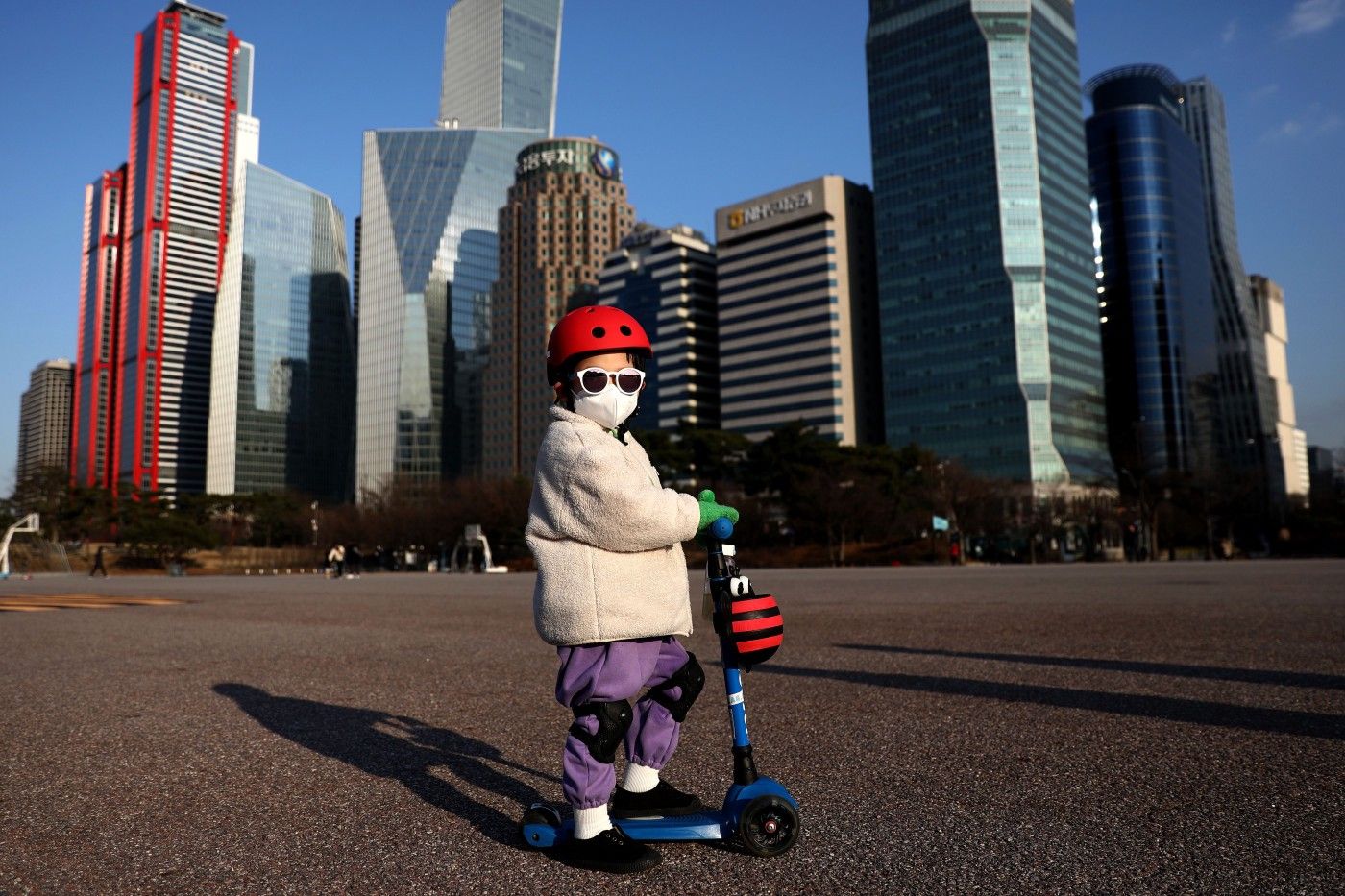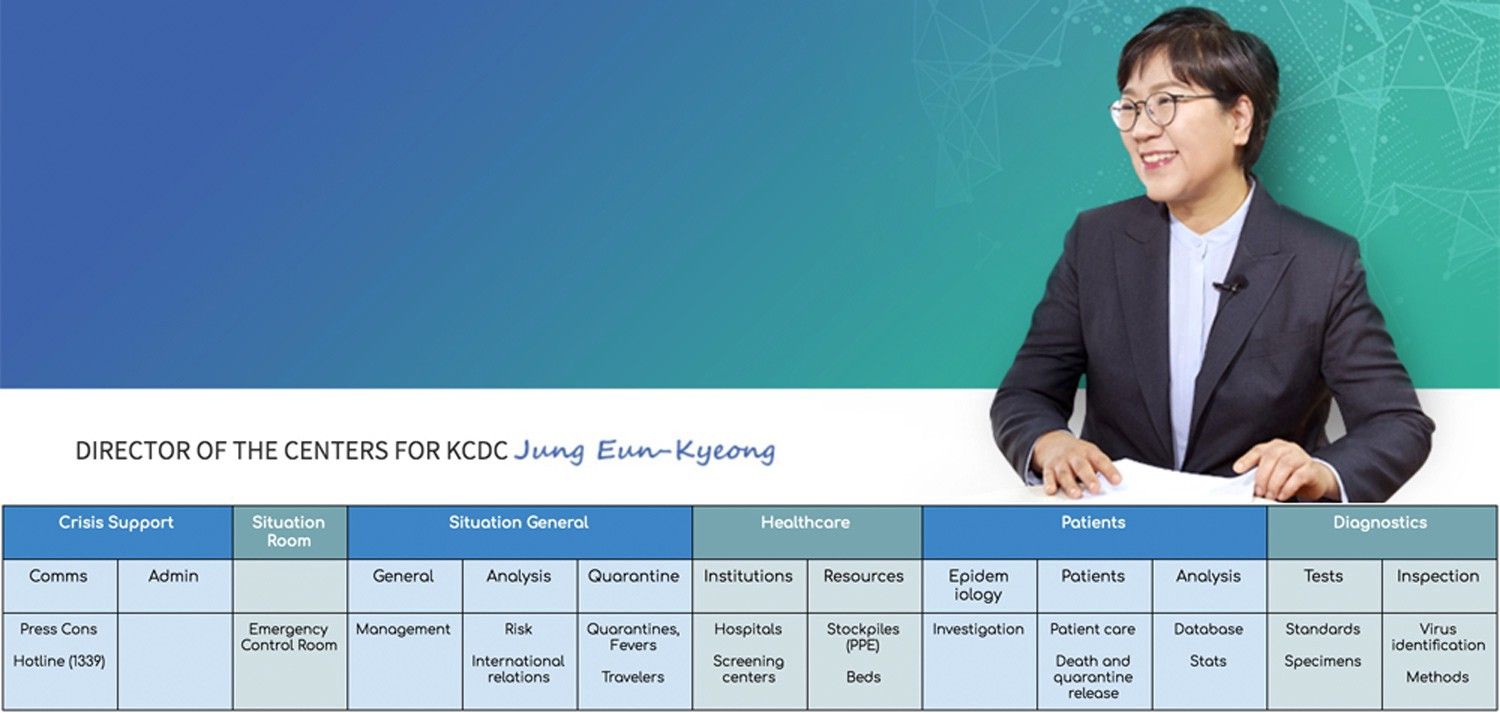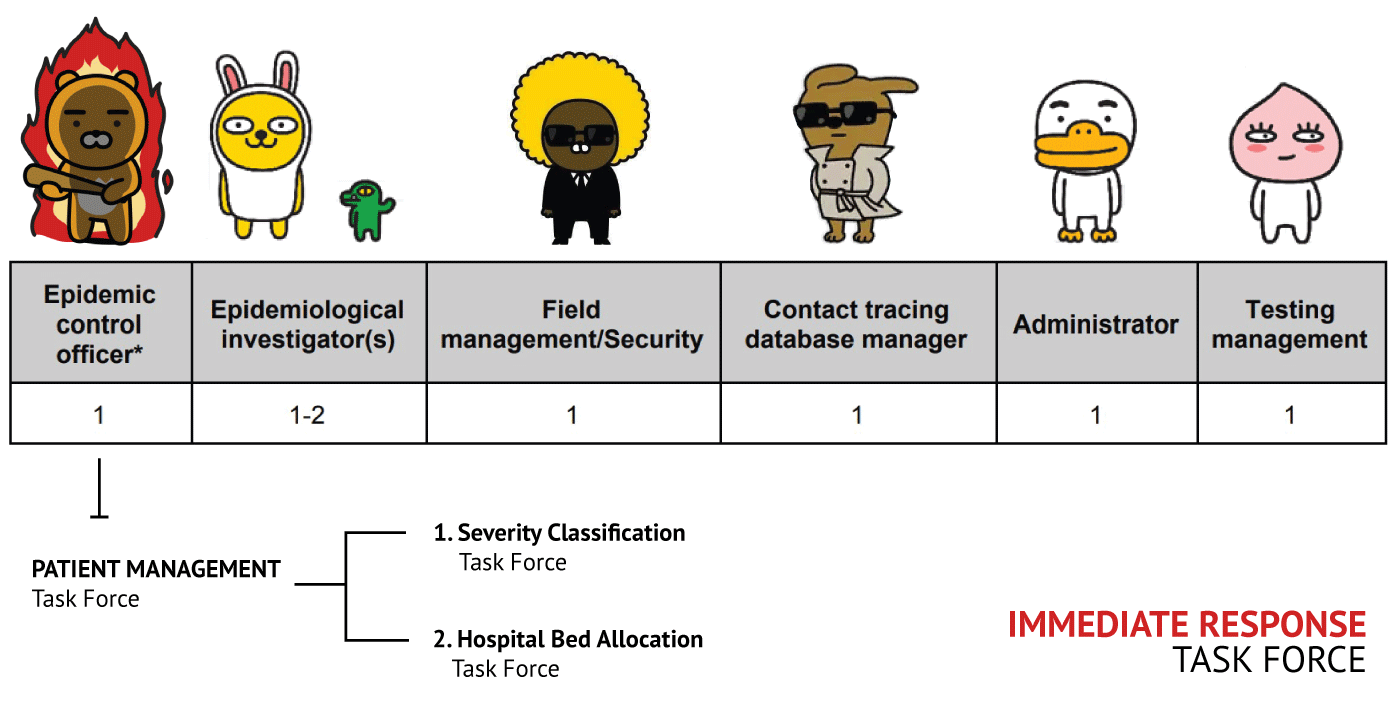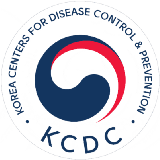3 Lessons From South Korea
The new leader of the free world

South Korea is the new leader of the free world. While the American empire has been revealed as rotten and crumbling, South Korea is a functioning state capable of defending its people. They’re a large-scale democracy that fought coronavirus with freedom and institutions, and preserved their economy as well
We should all learn from them, and not just from news reports. We need to go direct.
The COVID Translate project recently translated the Korean coronavirus playbook. This is a source document that their local governments used, and I recommend reading the whole thing. It has everything, the org charts, the protocols, the forms, even how they mix disinfectant.
I have summarized the Korean playbook here, but now I’ll summarize the summary. If you learn nothing else, here are three lessons you can take away from Korea.
1 | Prepare Early

The most important lesson is, unfortunately, completely impossible right now. To truly emulate Korea, you need to go back in time. They started preparing over 10 years ago.
Korea won this battle before it even started, as Sun Tzu recommends. After their experience with MERS (and proximity to SARS), Korea passed legislation, built institutions and planned and drilled for this day for years.
As a result, they didn’t just react well, they reacted automatically, like an immune system that was already vaccinated. They had a command center, they had boots on the ground, they had stockpiles of PPE, and the public knew exactly what was going on.
Because they were prepared, they were not surprised. In the face of a virus that moves fast, they moved faster. Korea didn’t waste time debating whether they should kill their grandparents. They just turned a key and hit the gas. Unfortunately, they missed patient 31 and cases exploded anyways, but they were ready and they kept going.
Preparation, preparation, preparation. That’s the number one takeaway from their playbook. They passed laws, invested money, built physical buildings, hired people and trained, trained, trained. No matter what you can’t replicate that in a few weeks under massive stress.
It was a massive investment, but now we can see what it's for. They spent billions to save trillions. And so many lives.
This is, of course, useless to most of us now. But consider yourself inoculated for the next time. And be prepared. It’s coming.
2 | Centralize Responsibility

South Korea had clear, apolitical leadership at the national level. The Korean CDC had a command center and different people whose job it was being prepared, every day.
There was one neck to squeeze at the KCDC. Jung Eun-Kyeong had just one neck to squeeze per major responsibility — one department for PPE, one for quarantining, one for crisis communications. And this went all the way down. One person was responsible at the top, and there was a pyramid of responsibility going all the way down to the driver transporting a sick person.
This was all backed up by serious legislation, strong political support and — most importantly — strong public awareness and trust.
Again, this requires preparation. You cannot just assemble the Avengers, they had years of prequels and hard-fought challenges (like MERS) before they could be so battle-ready.
But that’s not all. Korea had a clear command structure, but they also had boots on the ground.
3 | Devolve Execution

While responsibility was centralized, the execution was very much at the local level. Each municipality had a crack team of 5–7 people, usually led by the local Director-General of public health. This Immediate Response Task Force had sub-forces of doctors (to assess patients) and administrators (to assign beds).
Almost all the action came from this task force and its leader. They were local gods, they could test people, quarantine them, disinfect buildings, assign beds or tell them to stay home. They had support from and constantly reported back to the center, but on the ground, these local task forces were in charge.
This made for a very nimble attack. Korea never needed regional or national lockdowns because each region had a very strong immune system of its own. The human core of the Korean response was these task forces, little scrums that could all gather around one hot plate and get shit done.
What did they do?
And that’s it. That’s all I’ll mention here. Note that I didn’t mention any particular things they did. Yes they had apps, yes they did a lot of testing, yes people wore masks. But that’s not the point. It’s not the process that matters, it’s the people, that’s the key lesson here.
The most important thing in any organization is the people, how they’re led, how they’re organized and how much support they get. You get that right and those people will find the right tactics. Get it wrong and your playbook is just a stack of paper.
Please read the entire playbook to see exactly what they did — down to the quarantine forms — but from this article, I hope you’ll understand the how.
First, they passed laws saying that pandemic response was important, that it was a priority for the Korean people. Then they set up strong institutions with good leaders. And then they empowered agile forces on the ground.
Perhaps you read this article look for a quick tip or hack. But there’s none of that in Korea. There is no BuzzFeed recipe for fighting epidemics. The standard playbook is to just test, isolate and trace. That’s all Korea did, they just did it really well.
How they did it is through people — through a democracy, through institutions, and that’s what’s so inspiring. That’s why Korea should be a model for us all. They saved lives without sacrificing freedom. They preserved their economy without sacrificing their elders (a false trade-off, but nevermind). They showed that you don’t have to get draconian if you just plan ahead.
Yes, there is the Chinese model of lockdowns, but that’s frankly for the unprepared. We’re all doing it now, but I never want to be here again. For the next pandemic, for climate change, for every challenge in this coming century, we should learn from South Korea. Prepare early, lead clearly, and act fast.
Further reading:
